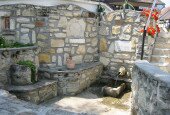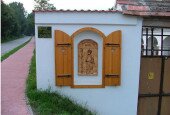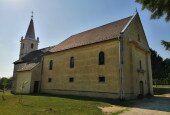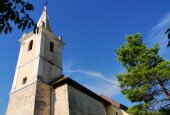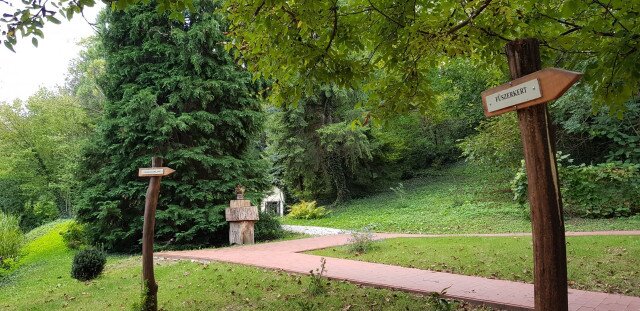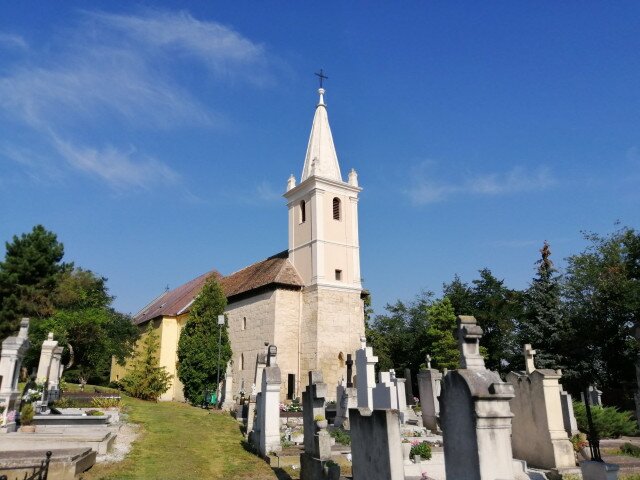Hidegség
Evidence found at the border of the village proves that the area was inhabited as early as in the Neolithic period, and objects from Roman times were also discovered. Written sources first mentioned the town in 1274 and then in
Attractions:
Papkert (Priests’ Garden): The garden of the Catholic parish has countless springs, ponds, and a large amphibian population. In 2020 Papkert was renewed as a sacral and meditative place open for visitors.
St. Andrew's Church: A significant architectural monument of the village is the Romanesque round church (rotunda) of the St. Andrew's Church from the 12th century. The frescoes on the apse and southern side of the Rotunda are remarkable examples of Romanesque and Gothic Hungarian wall paintings of the 13th century. You can enjoy the panorama of Lake Fertő from the resting place on the church hill.
Source in Hidegség: The source has been supplying the people of the village with drinking water for centuries. But in the 1970s it was contaminated with nitrate as someone was experimenting to grow mushrooms in a cellar. The well was renovated in 2000 to commemorate the Millennium and its water is drinkable again.
Belfry: The belfry next to the B10 cycle path bypassing Lake Fertő indicates the place where the boat harbour was in the 18th century before the regulation of the lake.


